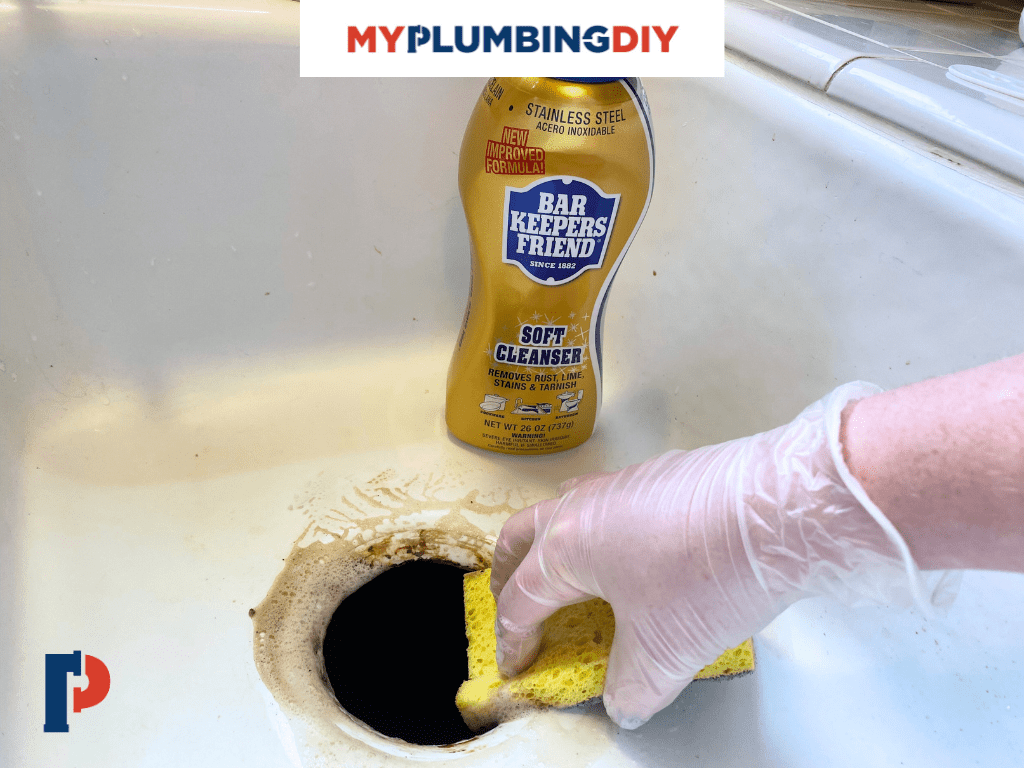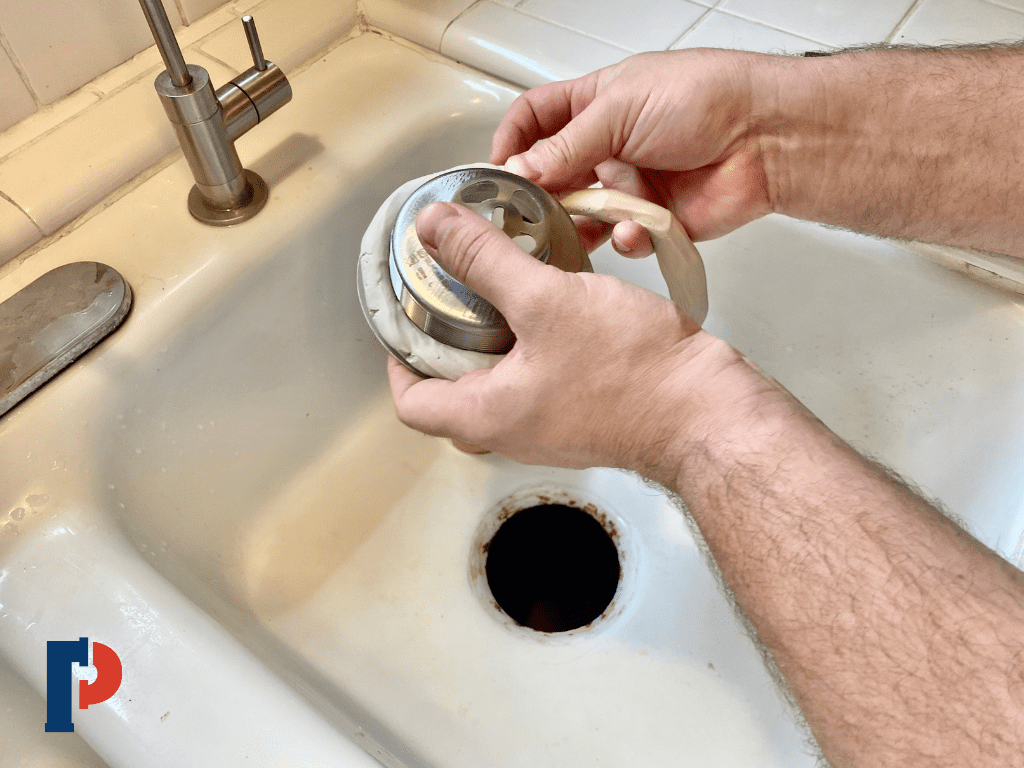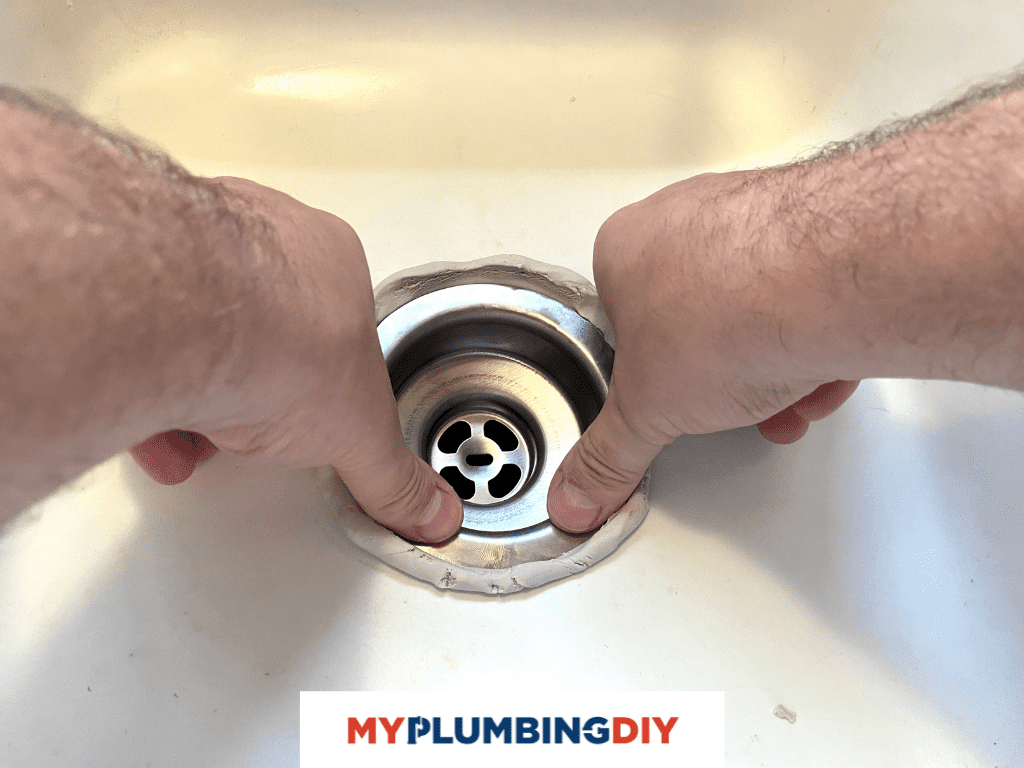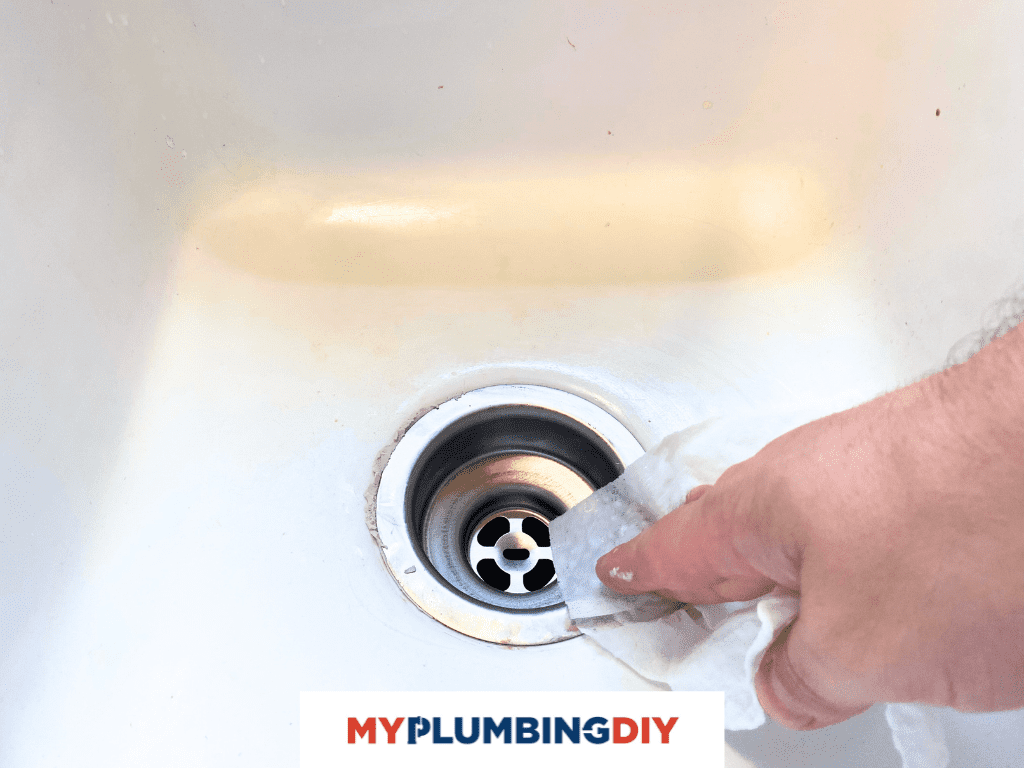This post may contain affiliate links. If you use these links to buy something we may earn a small commission. Thanks.
Have you ever come across a leaking sink, dripping faucet, or clogged drain? We all have been through such situations where you need to call the plumbing company and get things fixed asap.
Plumber’s putty is used to create a waterproof seal around all your plumbing fixtures and piping.
If you need to buy plumber’s putty, then check out our review blog post on the best plumber’s putty. We shared our hands-on review on some of the best plumber’s putty available on the market.
If you’re not sure what a plumber’s putty is, you’re not alone. There are probably millions of consumers out there that run into plumbing issues and they don’t know what’s going on.
So let us explain a little bit more about it.
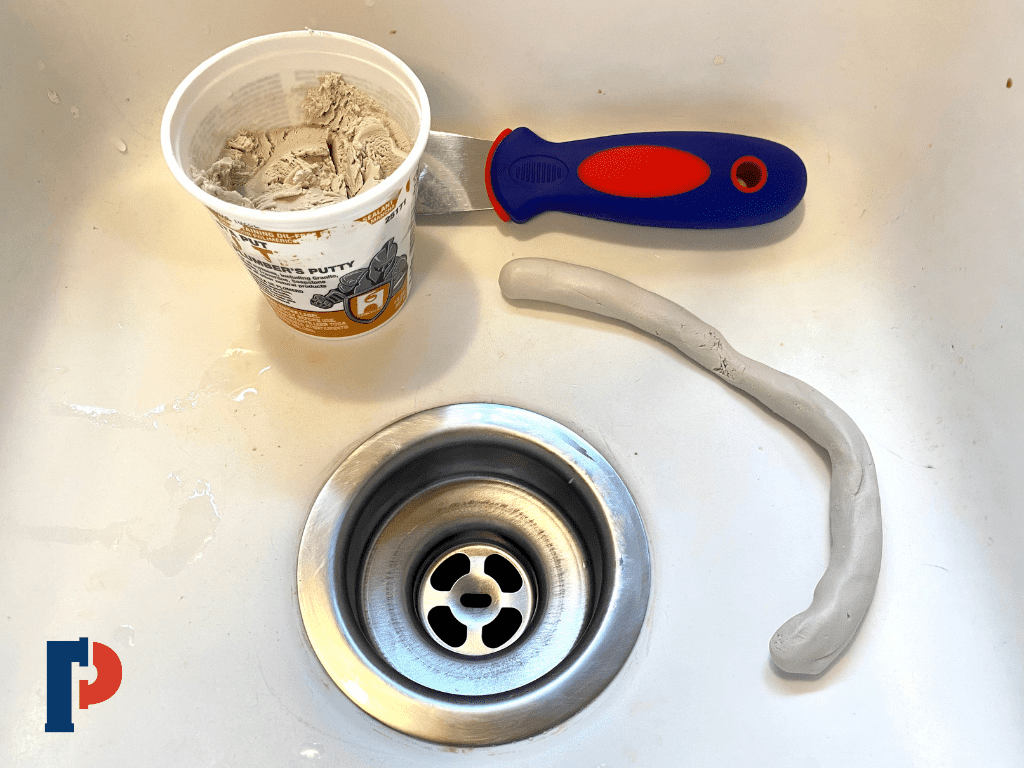
What is Plumber’s Putty?
It’s a soft and clay-like waterproofing sealant that is applied to the sinks, faucets, and taps to make sure that there is no water dripping. It helps provide a watertight seal to the water supply connections in the kitchen, bathroom, and laundry area.
The most common uses are where your faucet and sink connect. It’s also used to create a seal around your sink drain so water goes down the drain instead of under your sink.
As far as the texture and consistency are concerned, it’s a pliable substance and seems more like a mashed potato. Also, the plumber’s putty is soft for a while when applied to the sinks, faucets, and taps but plumber’s putty will harden over time.
It comes in small jars and you can easily grab it from a nearby hardware store. You can also order it online if you don’t need it quickly.
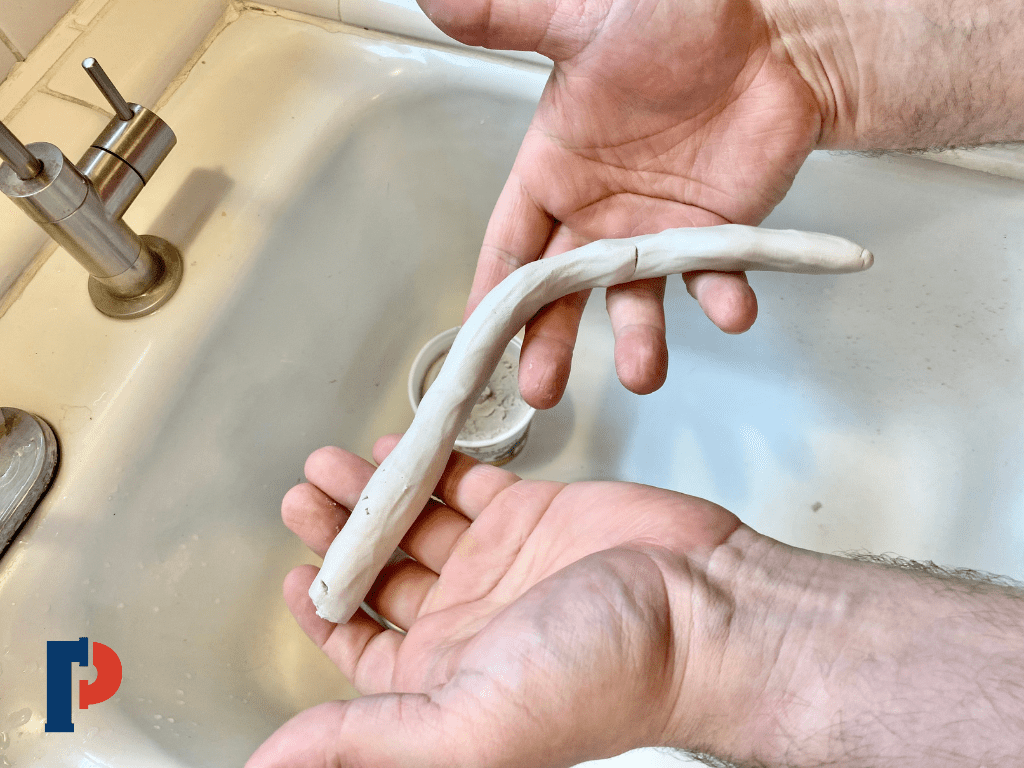
What is Plumber’s Putty Made of?
Most plumbers putty brands are super similar. The putty base is usually made of clay. Most brands will include a couple of unique “ingredients” to help them market their product and stand out from the rest. They’ll have various oils, talcs, or maybe limestone powder.
Additionally, don’t be surprised if you come across a putty from a different brand and its ingredients include fish oil, talc, or limestone.
The only thing you need to look for is that specific plumber’s puttys are better for certain surfaces.
- Best Overall – Sta Put by Hercules
- Best for Natural Materials – Stain Free by Oatey
- Best for Stainless Steel – Sta Put Ultra
If your countertop or sink is made of a porous material, it’ll be better to use a putty that doesn’t contain oil. The oils will leach into the natural materials (quartz, granite, etc) and cause stains.
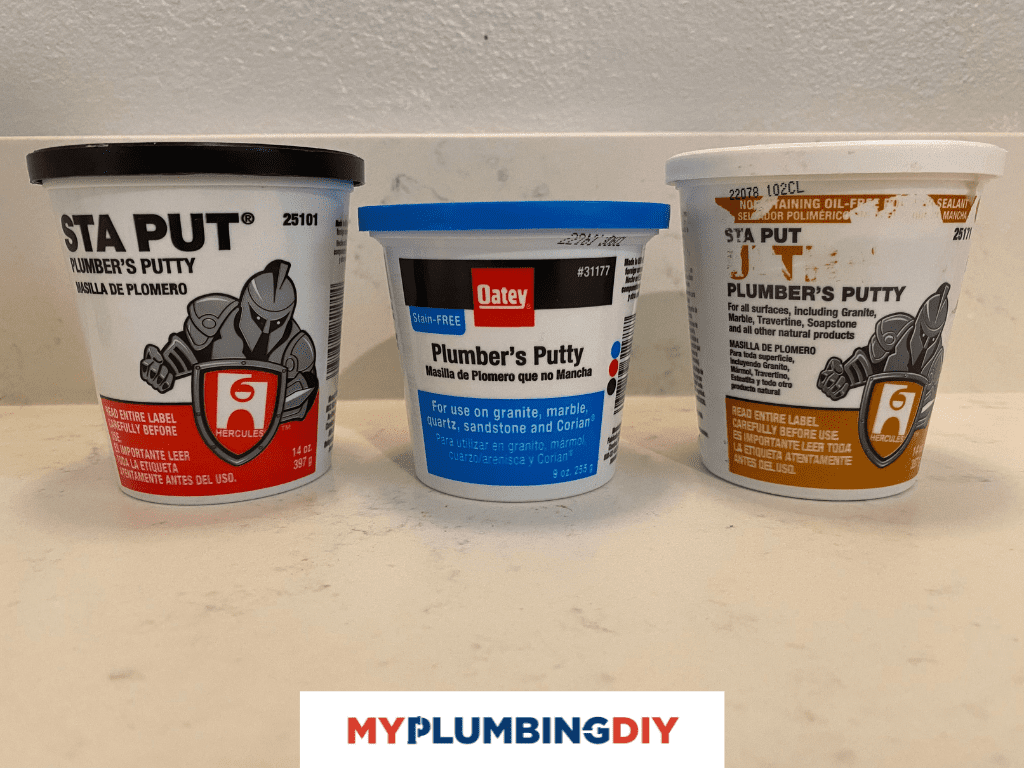
Benefits of Using Plumber’s Putty
100% Watertight seal
It’s an excellent sealant. It does provide a watertight seal unless the problem isn’t underwater. It isn’t supposed to work under the water, anyway. Don’t let the leaks or dripping hold you back, and apply this 100% waterproof sealant to fix the problem.
Works quickly
It’s a soft and clay-like substance that won’t take long to set in place, but it can help to give it an hour or two to be on the safe side. Plumber’s putty doesn’t dry out because it’s a sealant. It’s meant to repel water and not absorb it.
Easy to use
Plumber’s putty is super easy to use. All you’ve gotta do is to take a piece of putty from the jar and roll it out after a bit of kneading. Once you’ve rolled the chunk of putty, apply it where required and press to get a seal.
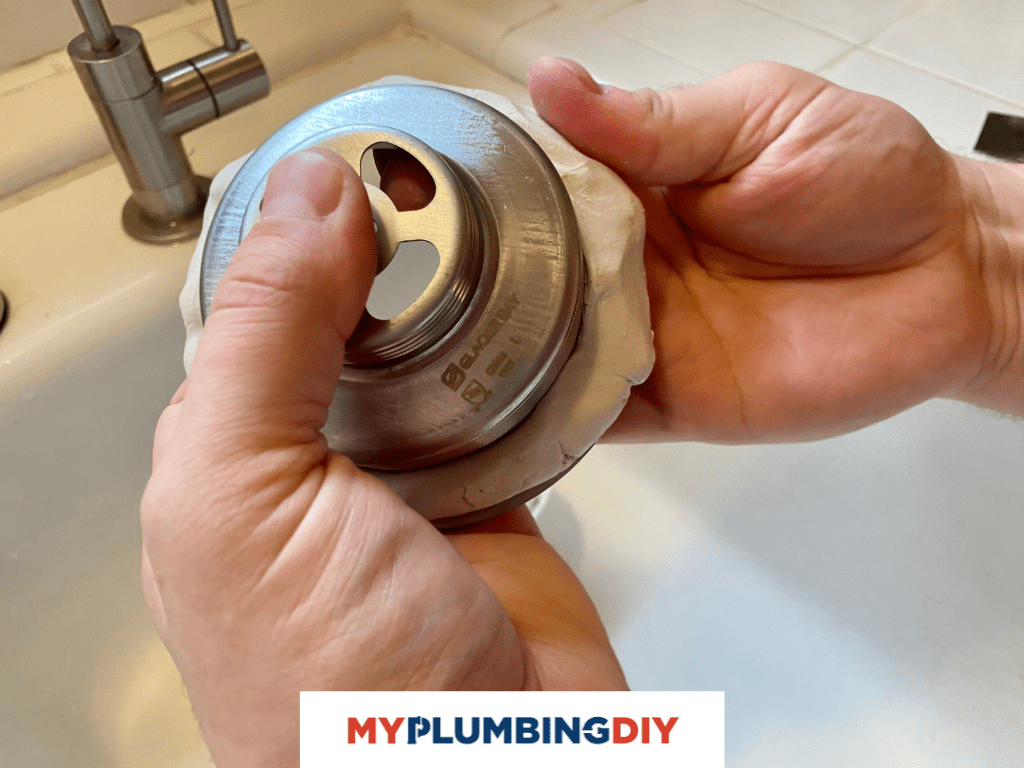
Easy to remove
If you ever need to remove plumber’s putty, the easiest thing to do is use your fingers and just peel it away. Putty is non-adhesive so you shouldn’t have much issue getting it to come off. In the rare case that you do, use a putty knife or X-acto knife to slowly cut it away.
Inexpensive
Plumber’s putty is dirt cheap. Odds are, you’ll only need to go through 1-2 tubs in your whole time owning a home.
When to Use Plumber’s Putty
Watertight Seal
Leaks are a common plumbing issue, and plumber’s putty comes in handy in this situation as it helps seal the leaked parts in the toilets and drains. Do not hesitate to make watertight seals if there is a leak in the sinks, tubs, and taps.
Applied Internally
One of the key elements of using putty is that it’s most effective when used internally. The point is that it doesn’t work like silicone that is used externally.
Always keep in mind that a plumber’s putty is a pliable, clay-like substance that needs to be kneaded and rolled for installation for fixing the leakages in the bathroom and kitchen.
Removability Factor
You might want to consider a plumber’s putty when you need either an immediate or a temporary solution for a leaking sink, faucet, or tub. One of the benefits of using putty is that it’s easily removable. So if you want to make an alteration or adjustment after applying it, there shouldn’t be an issue.
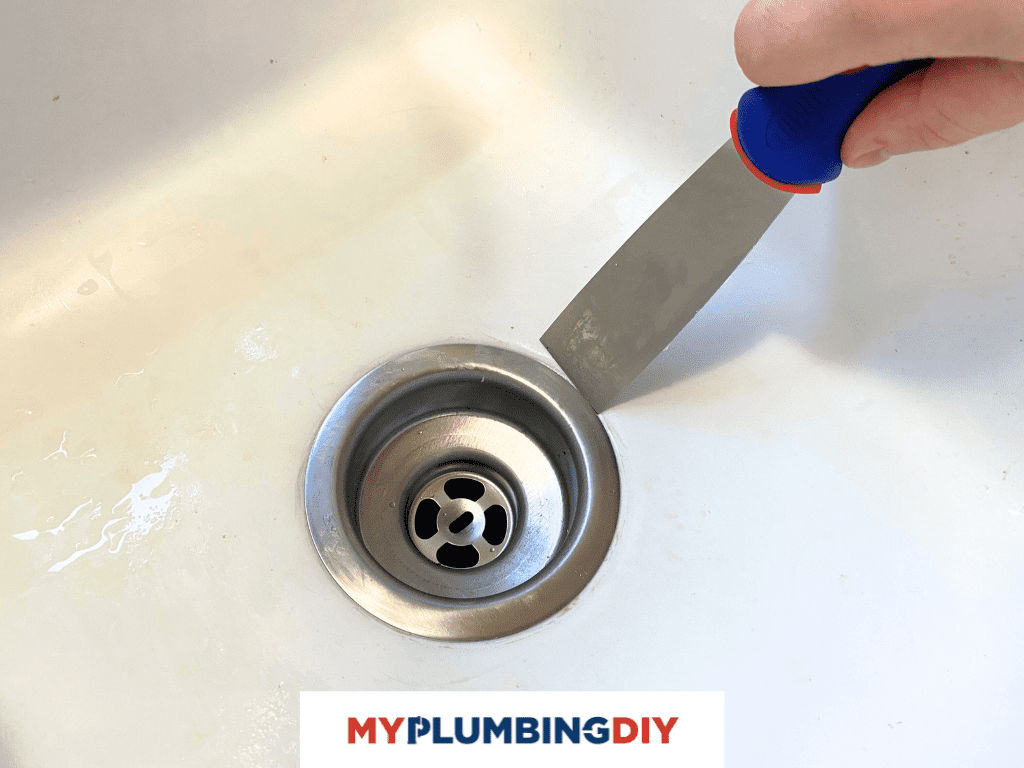
When Not to Use Plumber’s Putty
Plumber’s putty is a great tool, but it’s not going to fix everything. There are certain instances where putty should NOT be used.
The biggest things to avoid are any exposed areas or places where you need adhesive. Putty is a sealant, but it doesn’t actually “stick” two surfaces together. It just creates a super tight seal between them.
Exposed Areas
It’s a no-go for using on the exposed areas that requires a watertight seal. As said before, a plumber’s putty is most effective when it’s used applied internally for making a watertight seal.
If you need to press a sink drain into your sink, it’s that pressure between the two surfaces that squeezes the putty down and “locks in” a tight seal.
Simply applying it on the surface around your sink points isn’t the best use. So putty is not recommended to be used on the exposed or opened points that need a watertight seal.
Adhesive Power
It might surprise some of you that the plumber’s putty doesn’t have the adhesive strength to hold on to something. It’s a waterproofing sealant that is pliable and applied mostly in the base areas of the faucets, sinks, and taps.
Silicone might be an alternative solution if you need adhesive power in your waterproofing sealant.
How to Use Plumber’s Putty
There is no rocket science in a plumber’s putty application. If you have a leaking bathtub, shower, or washbasin, you might be able to fix it if you know how to use plumber’s putty.
5 Simple steps for using plumber’s putty
- Scrub the Surface
Using a plumber’s putty doesn’t mean you could apply it right away. Instead, you need to do a little bit of groundwork before you go on with the process. So hold your horses for a while and pay attention to this step.
First things first, clean the surface before the putty application. Otherwise, debris or previously applied putty might be buried under the fresh putty. Once it’s been cleaned, you’re all set to move on to the next step. - Roll the Putty
Warm your hands by rubbing them together. Then, take a chunk of putty from the jar and roll it between your palms to soften it. It might take a couple of minutes, so keep doing it until it becomes a thin rope.
After that, the putty should be soft and smooth in texture and pretty much ready for application. - Apply the Putty Rope
Take that thin rope of plumber’s putty and gently press it into the ring similar to the size of the drain pipe or faucet fixture’s bottom that needs to be sealed.
You may want to press the putty against the fixture or pipe so that there is no air in it and it sits firmly around the fitting. - Install the Part
Once you’re done with the putty rope application, grab the part to install it. It’s not done yet because assembling is an essential part of the process. Make sure that fixture is tightly screwed in, which would squeeze out the excess putty.
- Remove the Excess Putty
After the fitting or tightening, the excess putty would pop out. Remove the excess putty after the assembly. You can pretty much start using the sink, faucet, or bathtub right away – wherever you applied the putty.
Frequently Asked Questions
Silicone is the most common plumber’s putty alternative for making waterproof seals. However, there are several options that you can try out.
It’s a bit old-school, but it’s been widely used in the plumbing industry. One of the reasons why it’s popular in the industry is that it doesn’t need time to dry out. Once you apply it, you could start using the tap or sink right away. So the answer is that it’s quite necessary to keep some around your house.
You surely can use a plumber’s putty to stop a leak unless it’s not under the water. The plumber’s putty doesn’t work underwater. So the next time you stumble upon a leak in your washbasin, tap, or faucet, you can use the plumber’s putty to stop it.
Final Thoughts
We tried to put together a comprehensive introductory piece on plumber’s putty. We’ve been using putty around our house since we bought it and it’s been a huge help to have on hand.
It’s fantastic for installing new fixtures or re-installing old ones to get a perfect waterproof seal.
If you’re just trying to cover up surface links, we recommend using something else.
